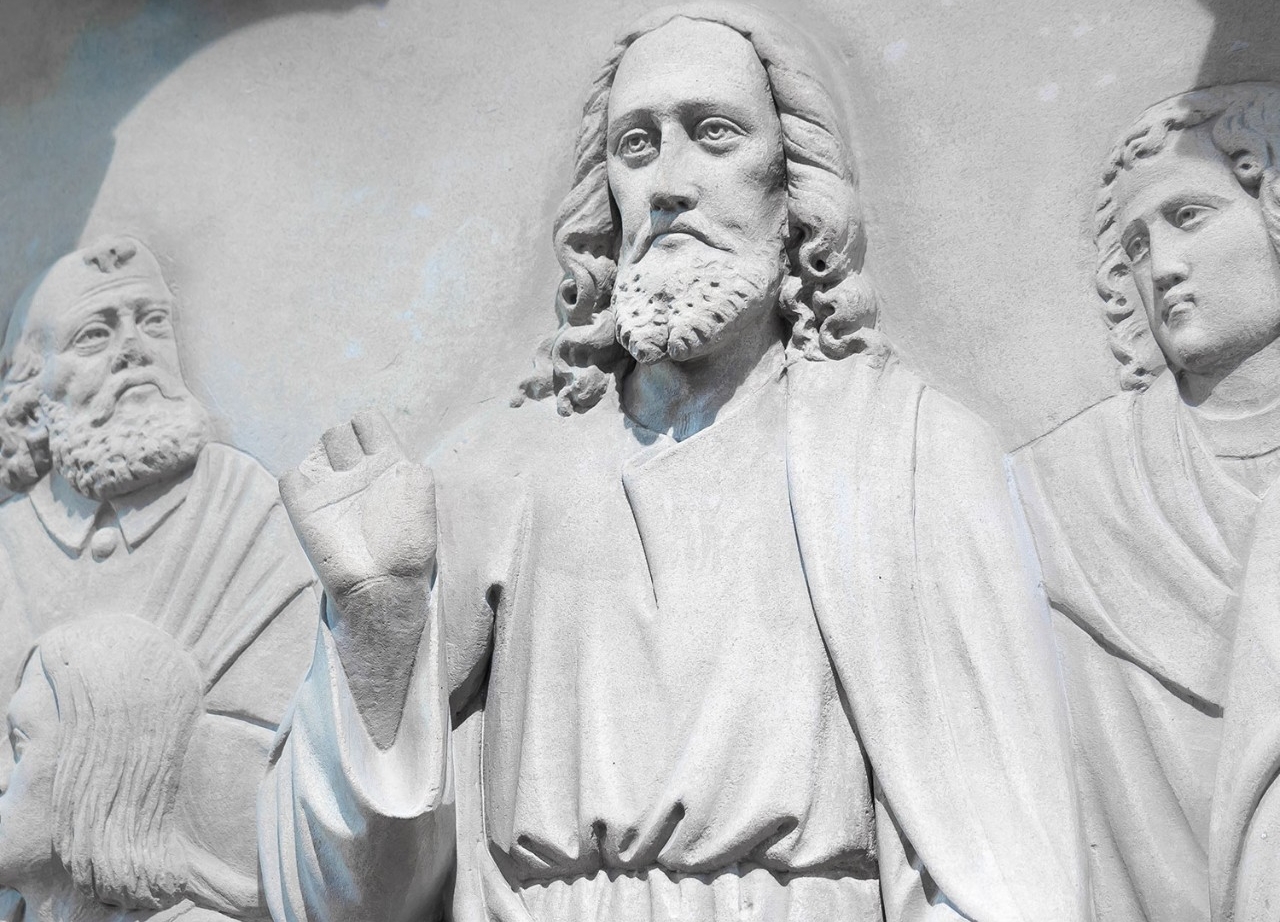Conclusion

After exploring the Gospel passion narratives by means of this mini-course, it might be useful to take note of the following:
- The four accounts have five scenes in common: Jesus is arrested at night in a garden, he is questioned by priestly leaders, he is questioned by Pilate and ordered to be crucified, he is executed, and he is buried in a nearby stone tomb.
- Each account also has distinct theological interests:
- Mark stresses that Jesus is utterly abandoned by all his companions, none of whom have ever truly understood him. It is only with his death that his identity as the embodiment of God’s love becomes perceptible.
- Matthew portrays Jesus’ death as the passing of the King. Israel’s scriptures and nature itself testify that the death of God’s living Wisdom means life beyond death for all.
- Luke emphasizes that the innocent savior, the ultimate prophet, brings reconciliation and peace to a divided world, thereby bringing glory to Israel and light to the nations.
- John depicts Jesus’ death as his triumphant return to the world above from whence he came. By thus being “lifted up,” Jesus draws to him all believers in the relationship of love that unites the Father and the Son.
- There are limits to what can be known historically about the death of Jesus. However, for Christian faith the most important concern is to discern the spiritual meaning each evangelist intends to convey.
- The subject of this mini-course is the four scriptural passion narratives. It is important to stress, however, that one only partially grasps the significance of Jesus and of Christian faith without also considering the Gospels’ resurrection narratives. See Mark 16:1-20 (though the oldest form of the Gospel seems to have concluded at 16:8); Matthew 28:1-20; Luke 24:1-53; and John 20:1-21:25. These, too, reflect the individual insights of the evangelists:
- Mark ends his Gospel so abruptly that early on, other editors added two different supplemental conclusions. The original ending shows women fleeing from the empty tomb in terror and astonishment, fearing to say anything to anyone. The writer apparently wants to confront his readers with a decision: will they see past the tomb’s emptiness to faith in what it truly means or will they be reduced to silence about the story of Jesus?
- Matthew concludes his Gospel with the raised Jesus appearing to his disciples on a mountain in Galilee, though some doubt what is happening. There, the Raised Wisdom of God instructs his disciples to go to all the Gentile nations, baptizing them and teaching them to observe everything that Jesus has commended.
- Luke’s concluding verses include the powerful episode of the disciples going home to Emmaus, thinking that their hopes for Jesus have ended in calamity. Perhaps reflecting the experience of the earliest churches, it is in the breaking of the bread that these disciples come to realize that the raised Jesus is present among them.
John’s Gospel offers two endings. The first, the story of “doubting Thomas,” culminates in a message to Christians of all generations: “Blessed are those who have not seen and yet have come to believe” (20:29). The second ending in chapter 21, presents a remarkable encounter between the Raised Jesus, Peter, and the Beloved Disciple, which in some ways represents a late first-century reconciling of the unique perspectives of the Johannine church (represented by the Beloved Disciple) and the emerging consensus of the Petrine churches. Spiritually, the triple confession of Peter’s love for Jesus atones for his earlier triple denial of him. The ministry to feed the sheep that is given to Peter must be based on love for Jesus if it is to be authentic service.
Project Team
Faculty Development Team
- Philip A. Cunningham, Ph.D.
Professor, Department of Theology and Religious Studies, St. Joseph's University - Barbara A. Radtke, Ph.D.
Instructional Designer, School of Theology and Ministry, Boston College
Spanish Translation and Narration
- Dr. Hosffman Ospino
Assistant Professor, School of Theology & Ministry, IREPM
Project Manager
- Tim Lindgren
Instructional Designer, Instructional Design and eTeaching Services
Audio/Video Digitizing
- Michelle Ng
Student Assistant, Instructional Design and eTeaching Services
Graphic Design
- David Prior
Consultant
Site Update Manager
- James Burraston
Continue Education, Program/Communications Specialist
Coming online courses:
Encore Access
Praying the "Our Father" with Jesus
Encore Video Lecture Archive
Recent Lectures on Scripture


